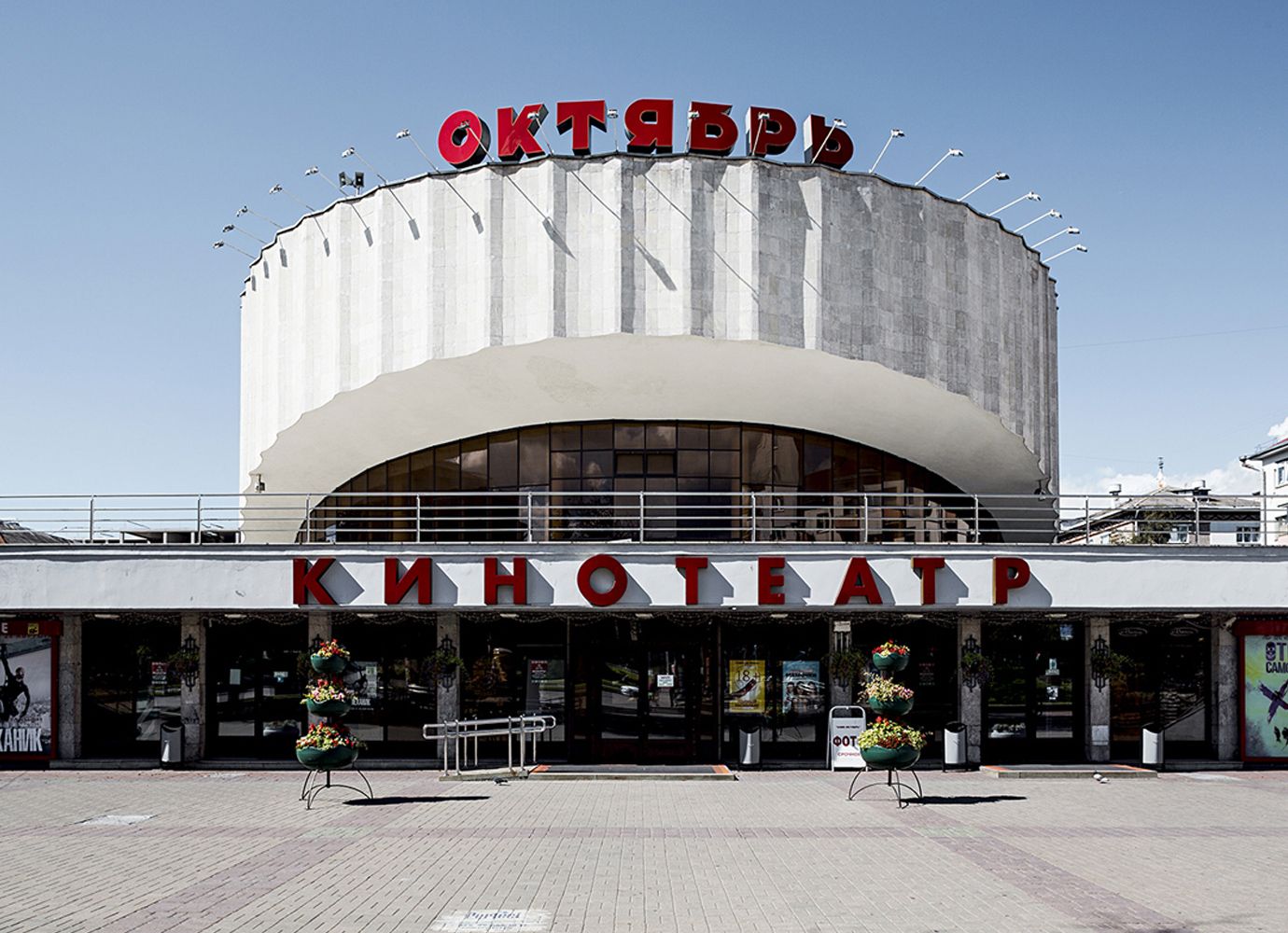Raw concrete, monumental, robust shapes, some greyness combined with a hopeless feeling: these Socialist Modernist cinema buildings are like the set of a sci-fi movie.
ROSSIYA THEATER
Moscow, Russia | Y.N. Sheverdyaev, D.S. Solopov, E. Hadkinsky | 1961
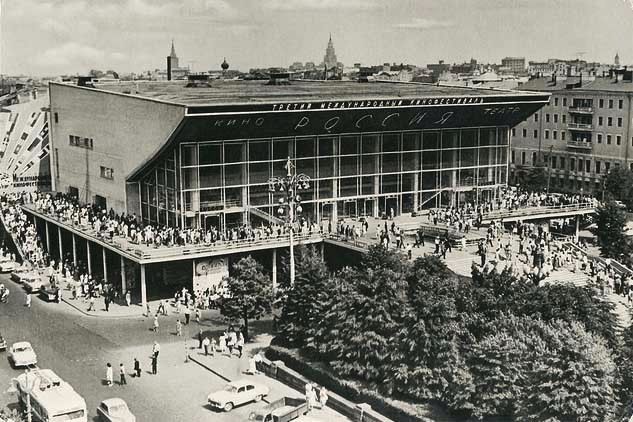
Soviet movies form an integral part of film history, thus perhaps it is no coincidence that the monumental and impressive Rossiya Theater was the largest cinema of Russia and Europe when it was built in 1961. Originally it served as the venue of the Moscow International Film Festival. Its best-known features were its luminous glass walls and concrete staircase decorated with red carpets, on which many Soviet cinema icons walked. After the collapse of the USSR, the Rossiya Theater fell into disrepair too, until 1997, when it was bought by Russian film company KARO Film, and was renamed to Pushkinsky cinema. After an open call announced by architecture firm DuPont in 2011, designers and architects presented a plethora of futuristic designs to renovate the cinema, however, no restoration works have been carried out yet: the former Rossiya Theatre, although still operating, is a mere shadow of its former self.
CINEMA OKTYABR
Minsk, Belarus | Valentin Malyshev | 1975

The building of Cinema Oktabyr (meaning “October”) built in 1975 was named after acclaimed director Sergei Eisenstein’s film of the same name, covering the events of the October Revolution.
The exterior of the building is dominated by its shell-patterned façade and cylinder-shaped form, complemented by a rectangular ground floor, while the main cinema auditorium can be accessed via a robust staircase. Characteristic of the Modernist architecture of its time, the building is surrounded by a concrete wall that narrows in at cinema’s front entrance, revealing the glass façade of the building. Although today the cinema is not quite as popular as it used to be, the dozens of tiny lights on the cinema’s roof still give it a dream-like appeal.
ROSSIYA CINEMA
Yerevan, Armenia | Artur Tarkhanyan, Spartak Khachikyan, Hrachik Poghosyan | 1975
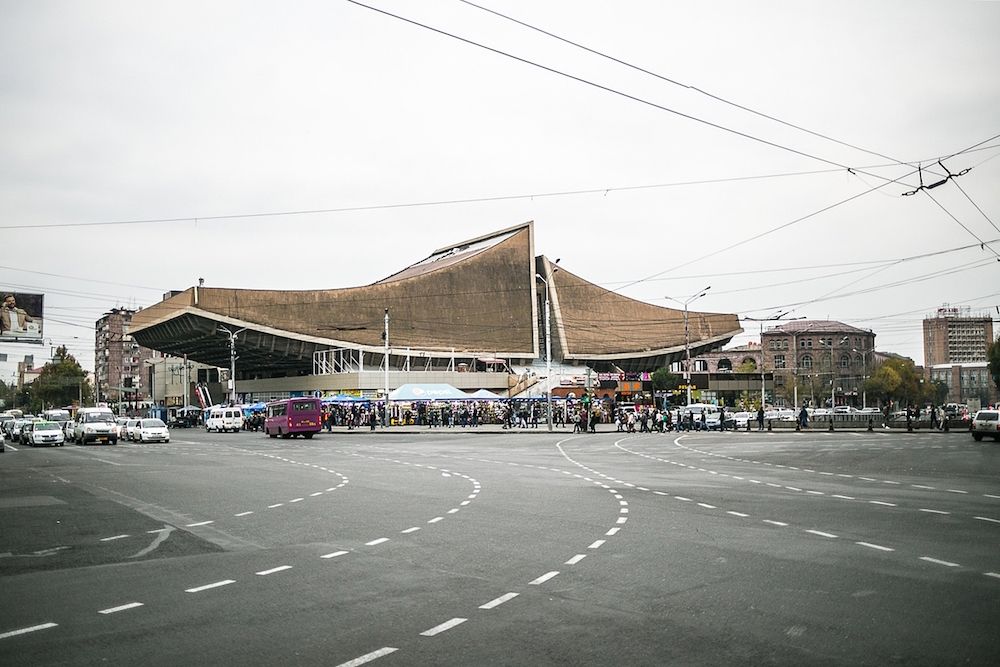
Today perceived as one of the most important Soviet monuments, Rossiya Cinema was built in 1975 and used to be the largest cinema in Armenia – the architect trio consisting of Artur Tarkhanyan, Spartak Khachikyan, Hrachik Poghosyan designing the building have become known for designing the most well-known Modernist buildings of the country. The structure of the cinema is dominated by the concrete sails overarching the neighboring streets, designed to symbolize the two summits of Mount Ararat, an important location of Armenian traditions.
The building started to fade into oblivion in the 1990s, later became a home of market traders, and over time was converted into a shopping center. Following Armenia’s 2018 Velvet Revolution, the Ministry of Culture strives to add Rossiya Cinema to the country’s list of protected heritage sites.
KOSMOS CINEMA
Zhytomyr, Ukraine | Vasyl Mykytenko | 1987
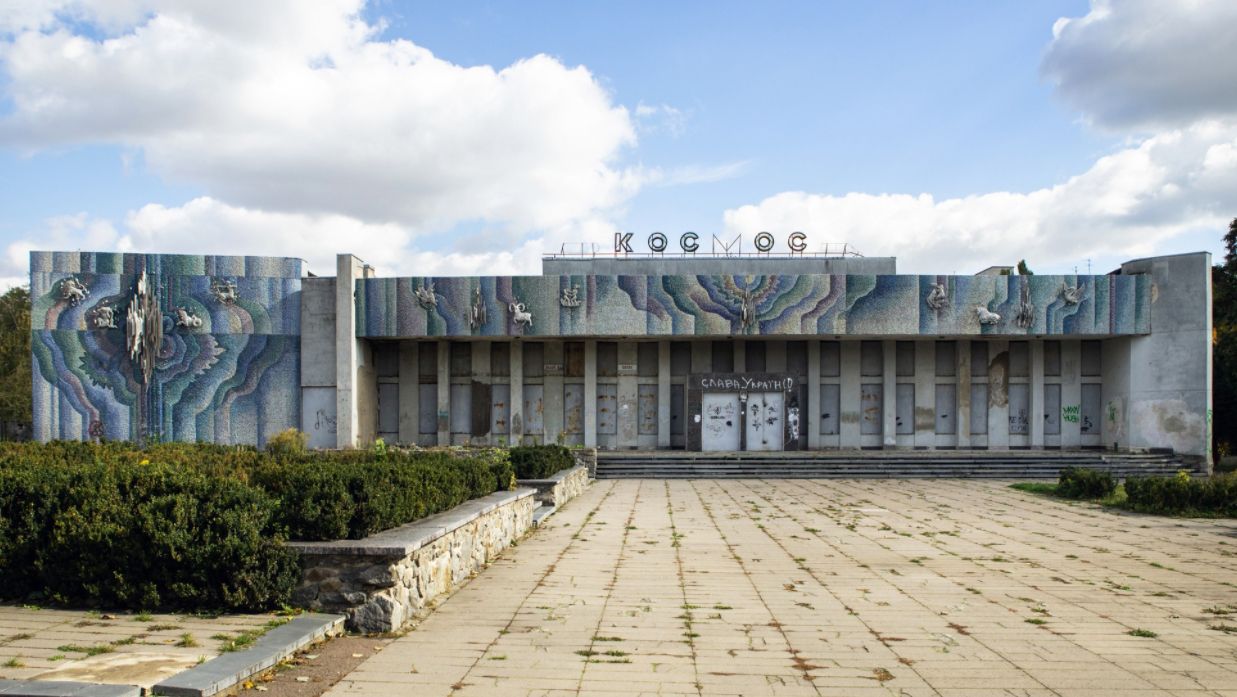
Kosmos Cinema was built in Zhytomyr, western Ukraine in 1987 based on the designs of Vasyl Mykytenko. Its façade is covered by an awe-inspiring Modernist mosaic in blue and green tones, made based on a sketch by artist Oleksandr Kostiuk. As it is probably given away by its name, the mosaic’s design focuses on the topic of space exploration. While most artists emphasized the grandiosity of the theme, Kostiuk’s mosaic instead avoids the representation of humans and conveys the infinity of the universe through curved lines and monochrome tones. Kosmos Cinema is not only important from an architecture point of view, as it also stands out as a reflection of changing Soviet attitudes in the final years of the USSR.
ARMAN CINEMA
Almaty, Kazakhstan | Alexander Korzhempo, Innokentiy Slonov | 1968
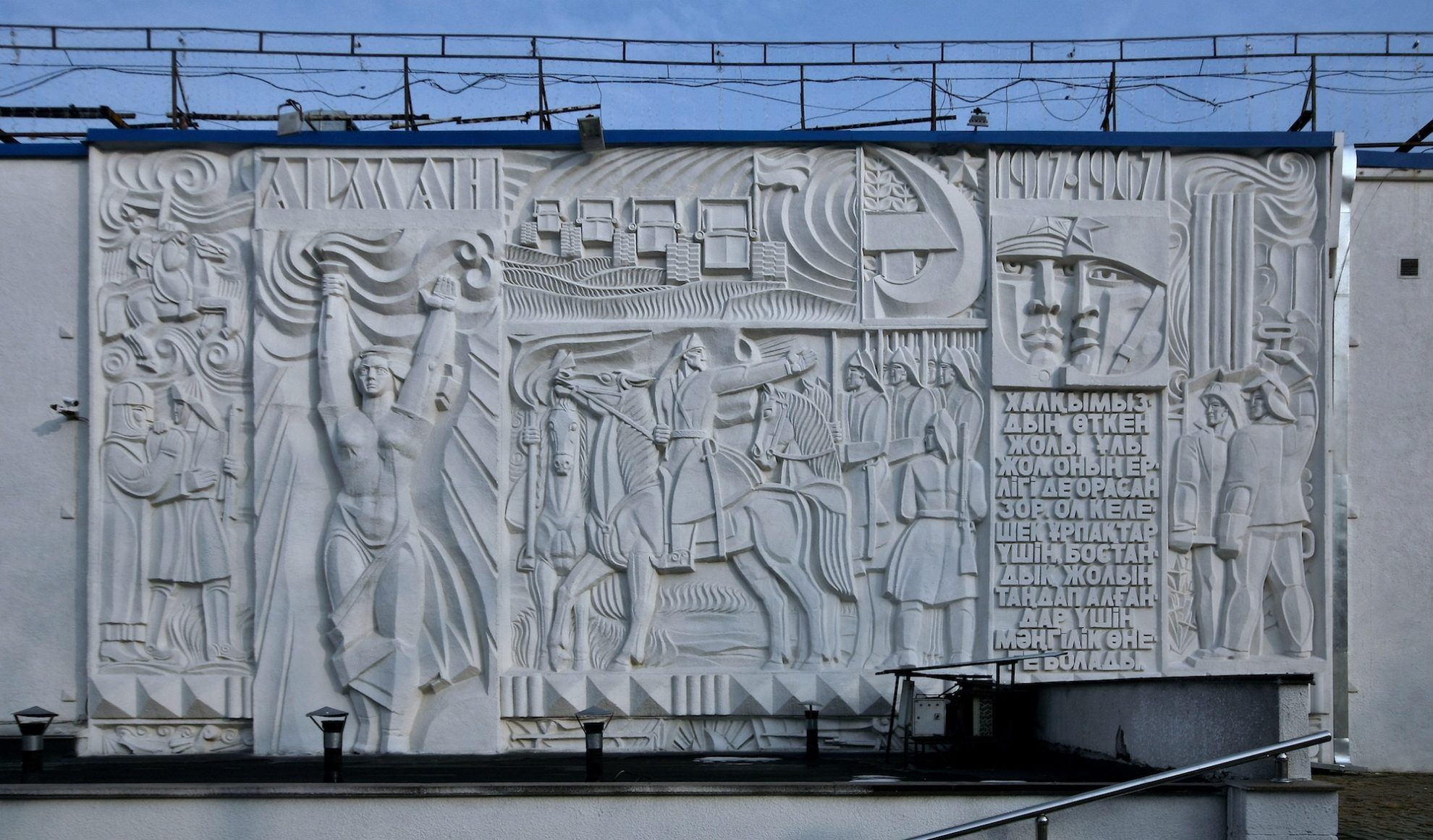
Arman Cinema was built in 1968 by Alexander Korzhempo, an architect frequently referred to as “the first Almaty modernist”. It had a rough start: rumor has it that at the time of the cinema’s inauguration, bulldozers stood near the cinema in case the city’s public administration were not satisfied with its design. Luckily, the authorities liked the building, which still stands to this day.
Its monumental and unique architectural elements include the reliefs on its side façades. The eastern “Science” façade depicts space motifs, symbolizing the grandeur of Soviet scientific advancement. “October”, in turn, shown on the western façade pays homage to the glory of the October Revolution. Inside, in addition to the various cinema halls, it boasts a covered patio with lush greenery and a fountain. Although after the collapse of the USSR it temporarily functioned as a nightclub, today it continues to operate as a cinema.
The article was written based on The Calvert Journal and Arch Daily‘s article series “Eastern Bloc Architecture: 50 Buildings that Defined an Era”.
Source: The Calvert Journal
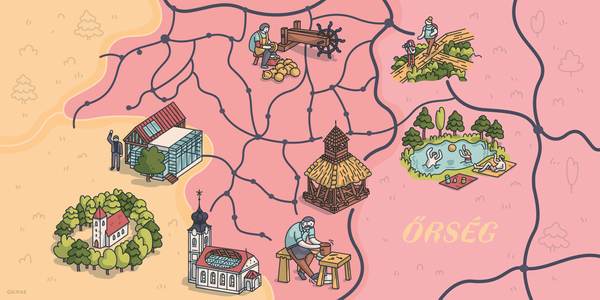
Indulj el! | Őrség

Here we have time to arrive | Pingrumba, Budapest










